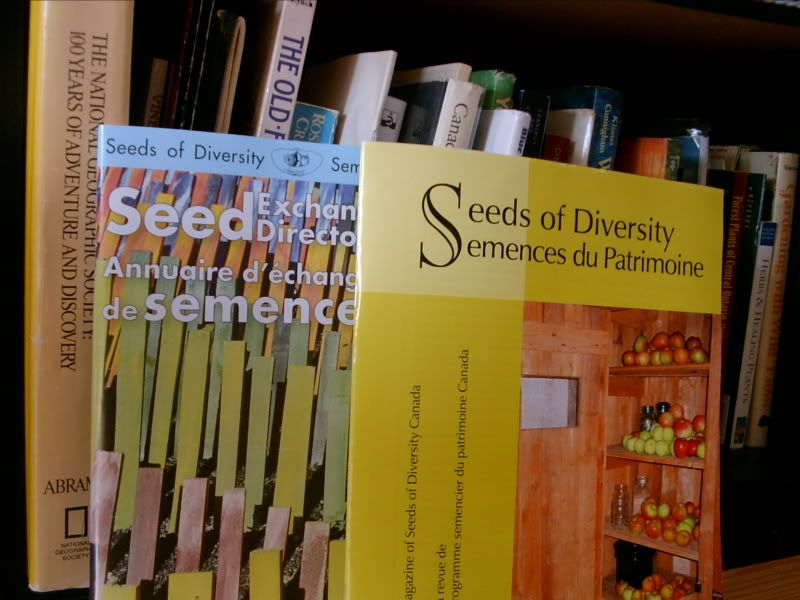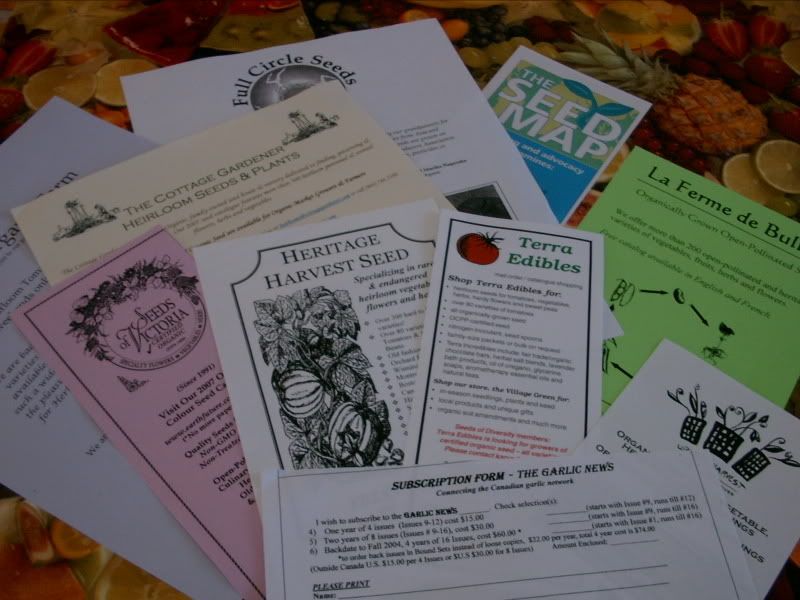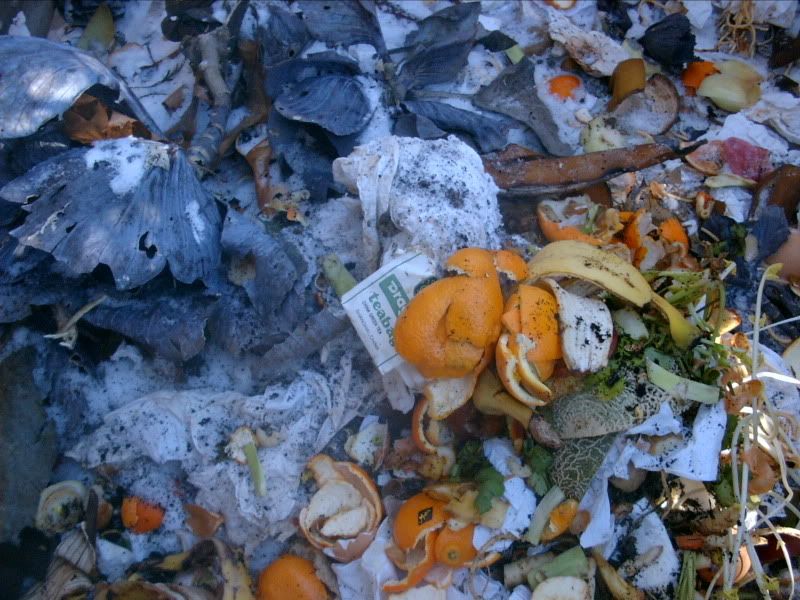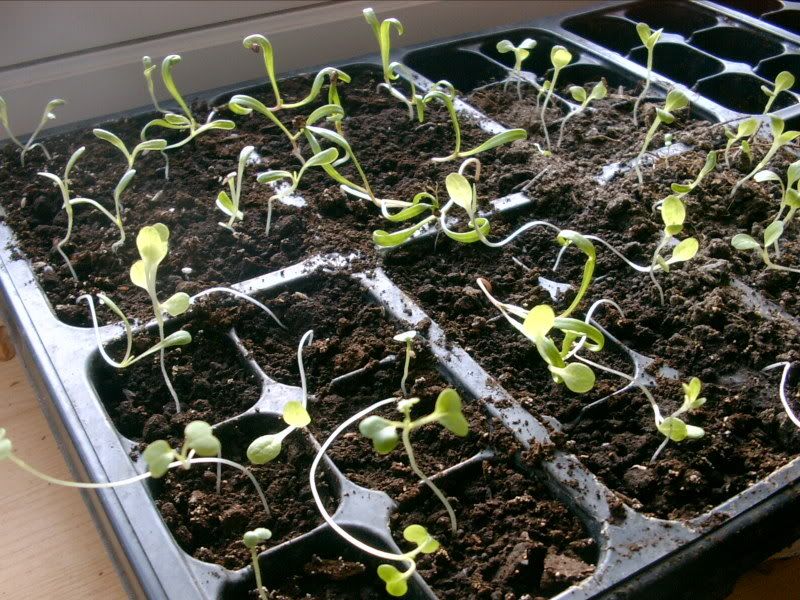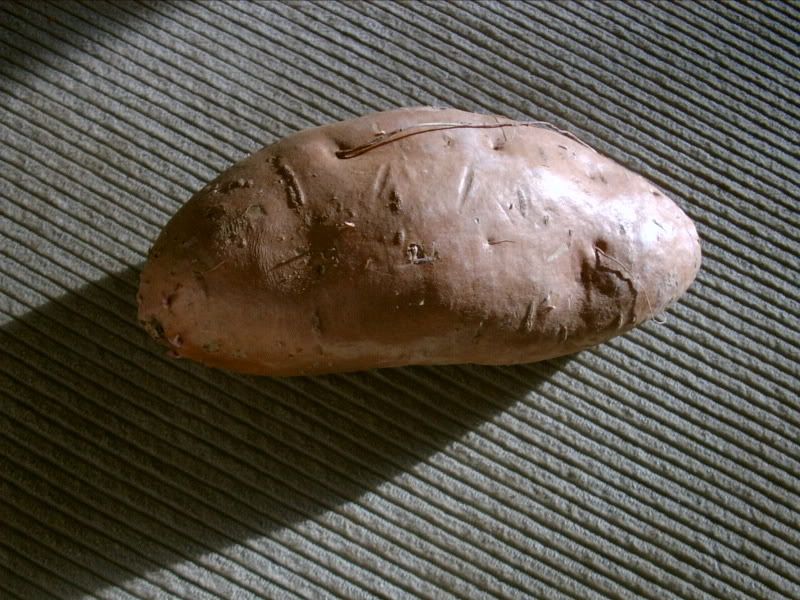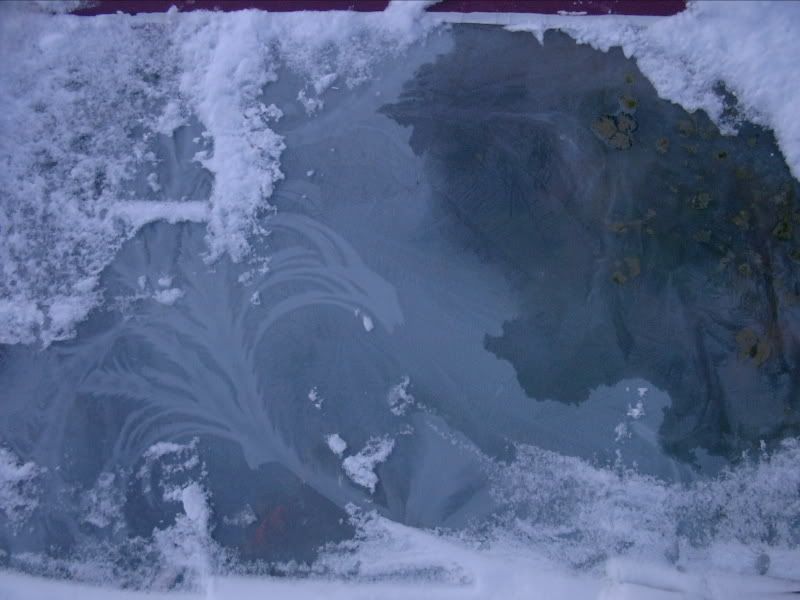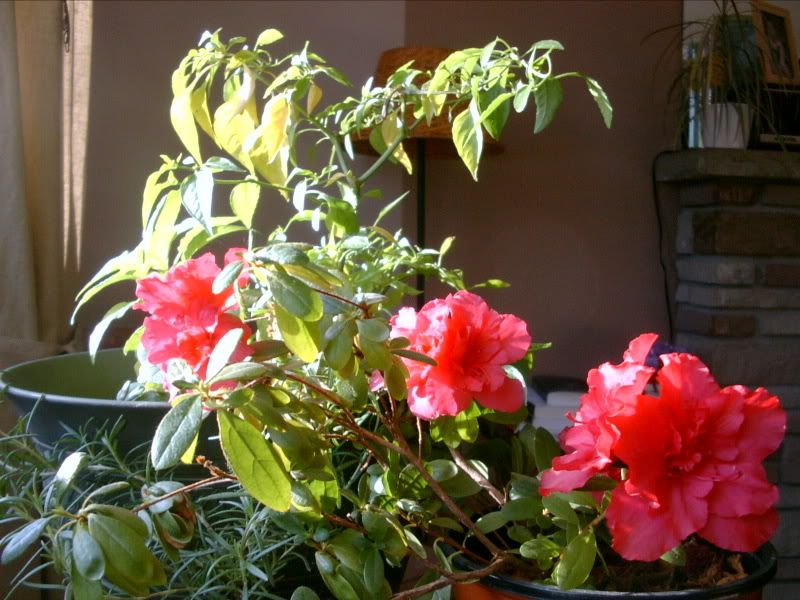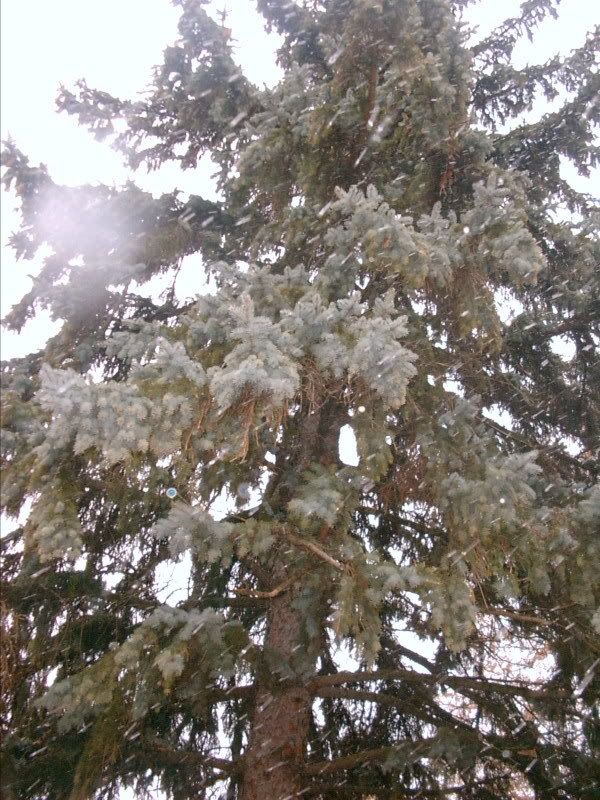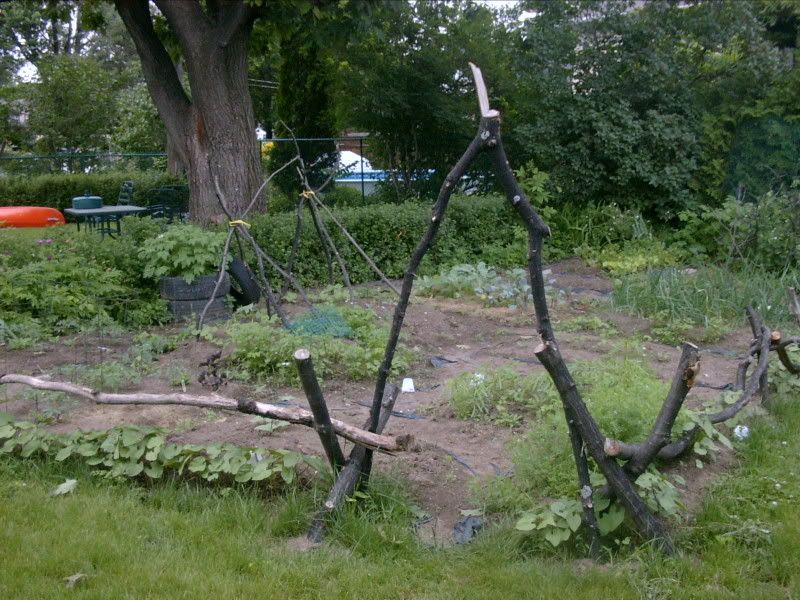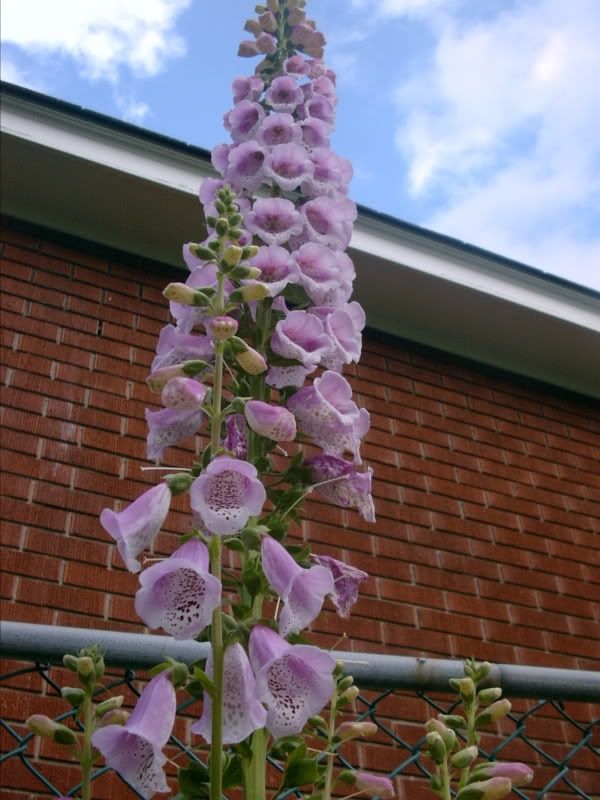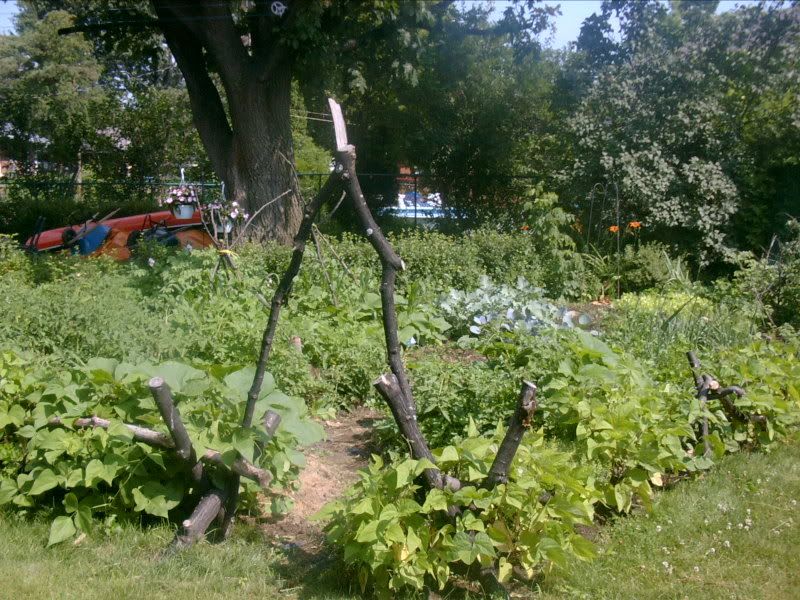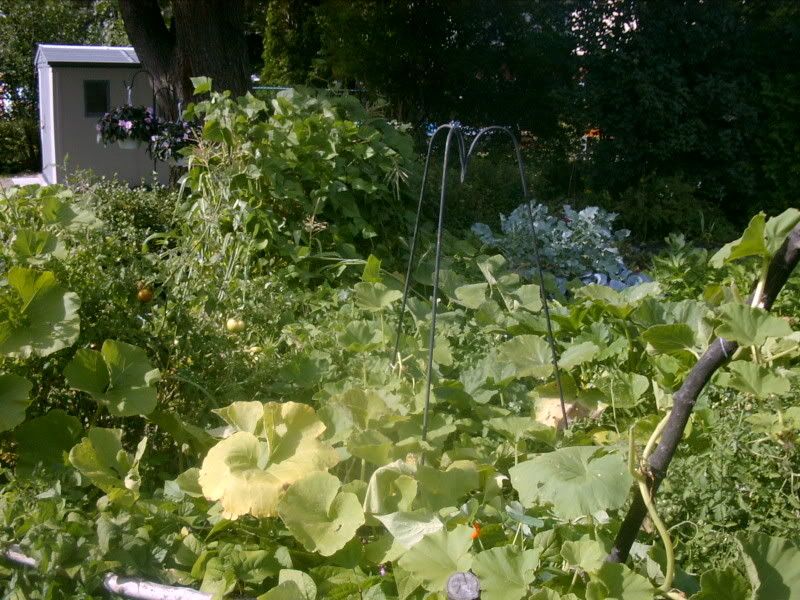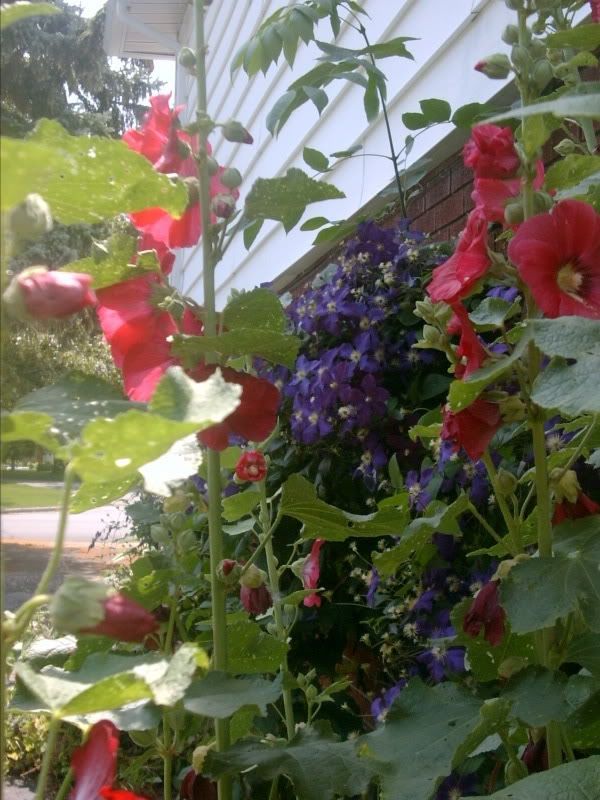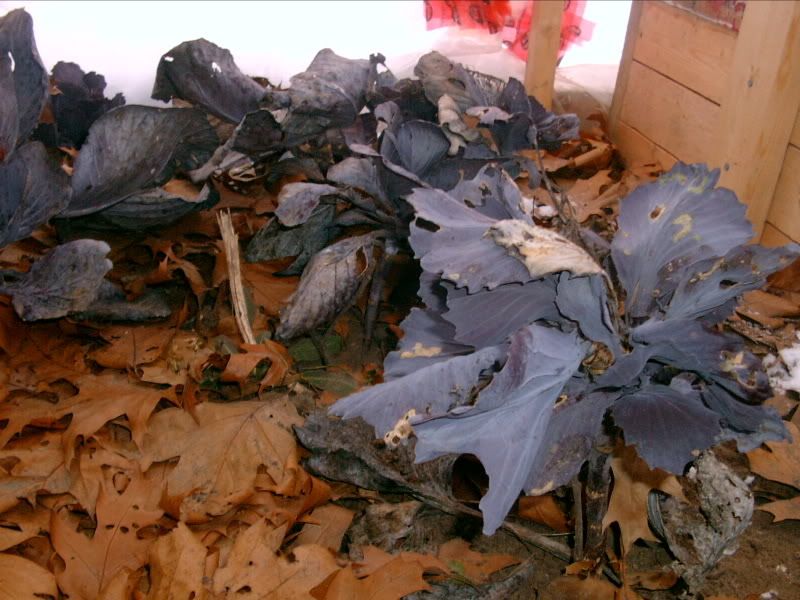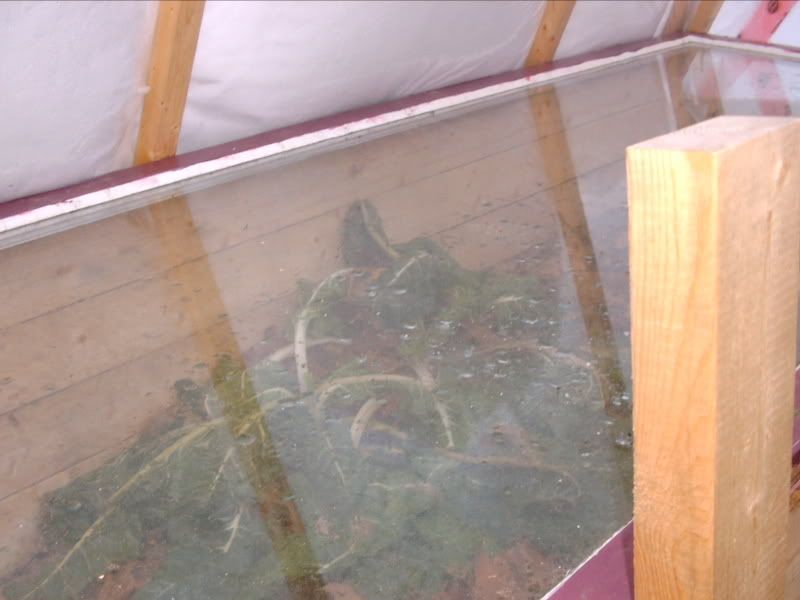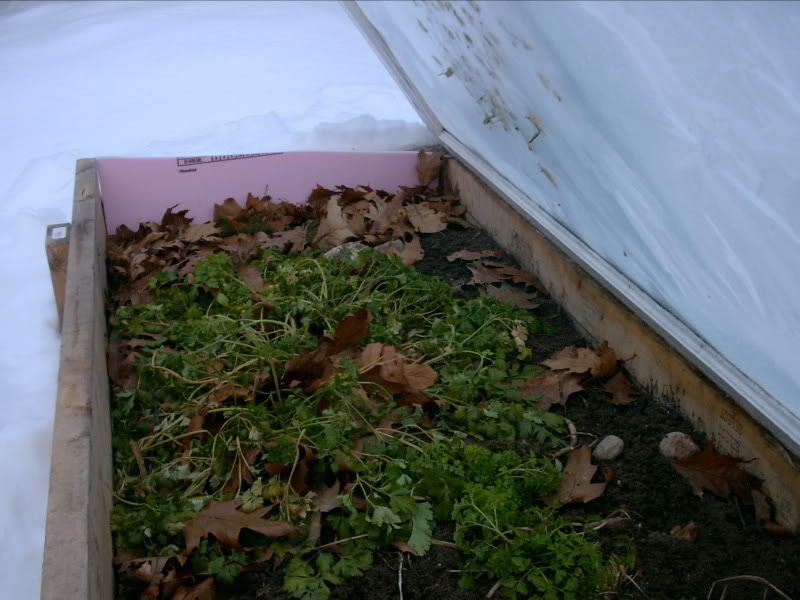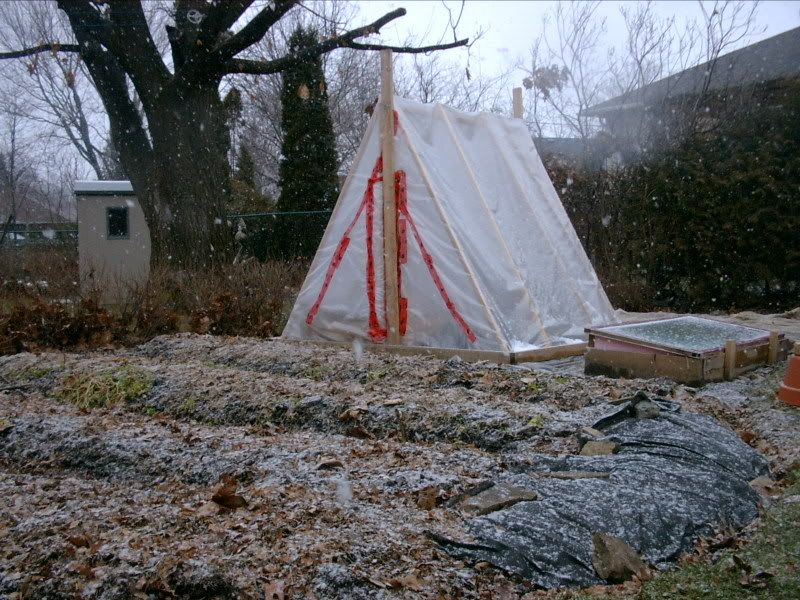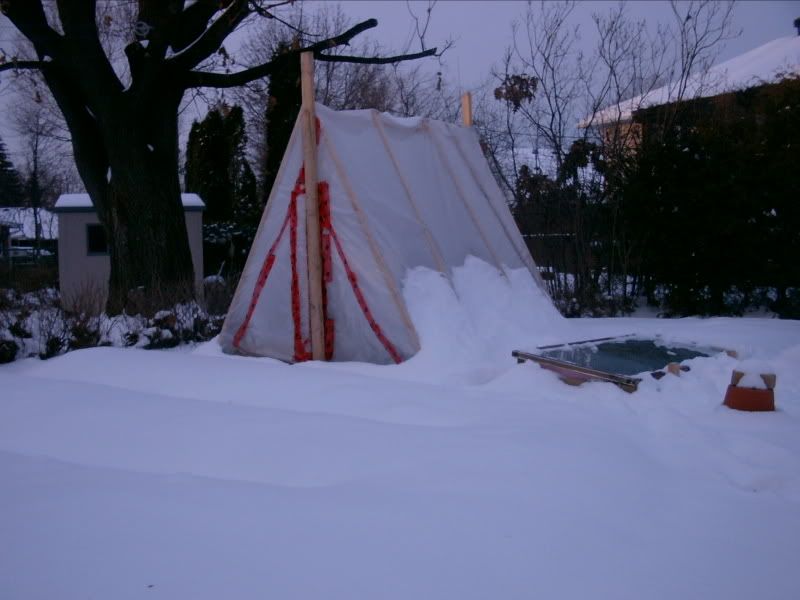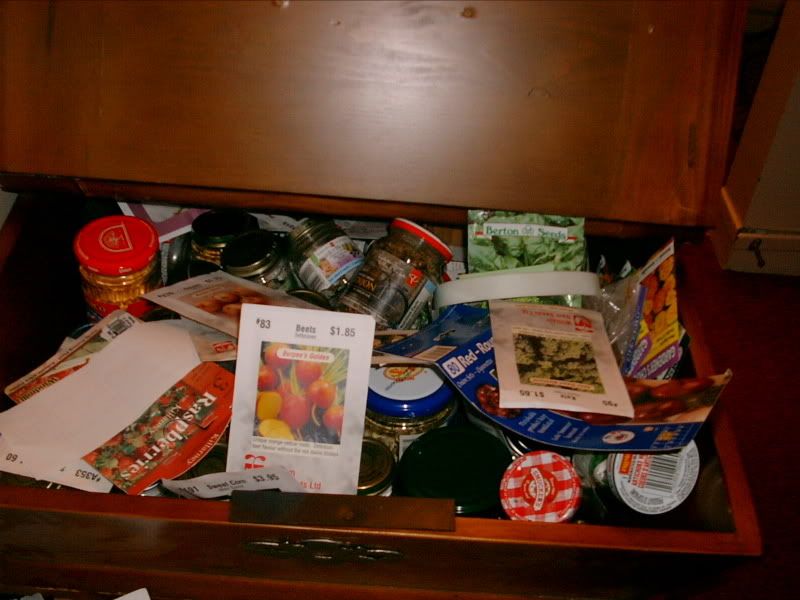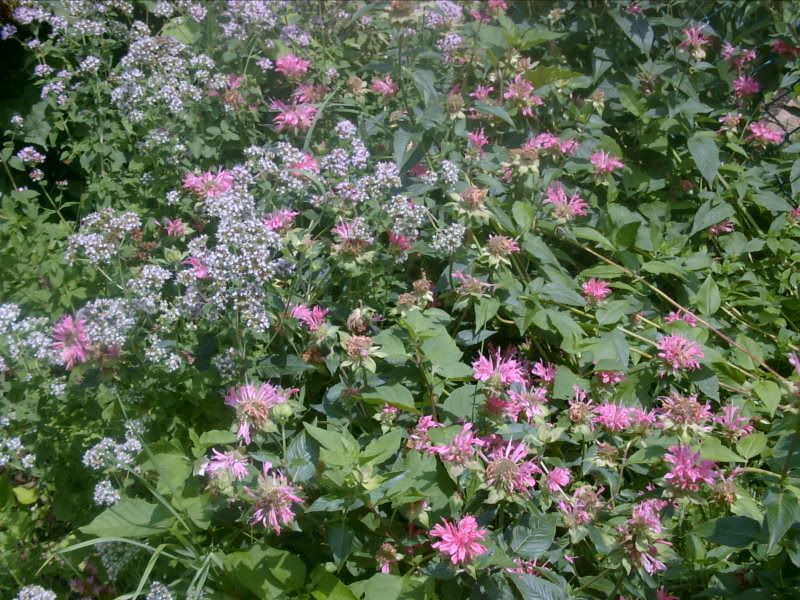'Tis the season to be planning, fa-la-la-la...'
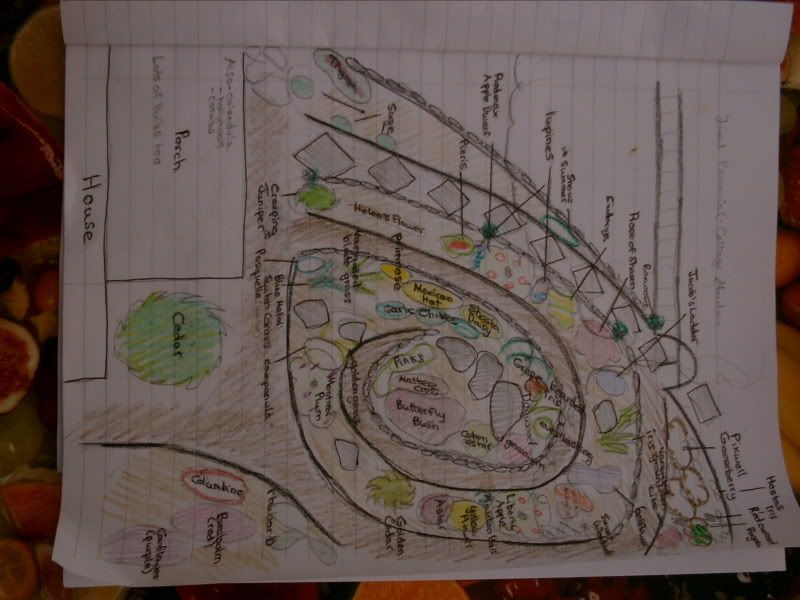
This fall I planted a whole bunch of bulbs, which are hopefully sleeping safely under the snow at the moment. They went in my spiral garden at the front which is a mixed perrenial bed containing dwarf/semi-dwarf fruit trees, self seeders, and the occasional vegetable - garlic was amoung the bulbs planted.
Anyhow, I notice how us gardeners acknowlege how our efforts don't always produce what we had dreamed. As this is the dreaming month, I thought I would introduce you to one of my dreams.
Last spring, I decided that I wanted a mini orchard with fruit trees and berry bushes. I wanted it in my organic front lawn: read, mixed low growing weeds that if kept mowed looks lawn-like. My husband hates the 'lawn' so agreed to it. I began to draw, and draw and draw. Eventually, I settled on a spiral path running around 2 apple trees, one self pollinating plum 'Montreal Plum', and a hedge containing a gooseberry, red current, and a rugosa rose.
Then I got out my spoons and string and mapped out the area. Neighbours made wisecracks about spoon harvests.
I planted the trees*:
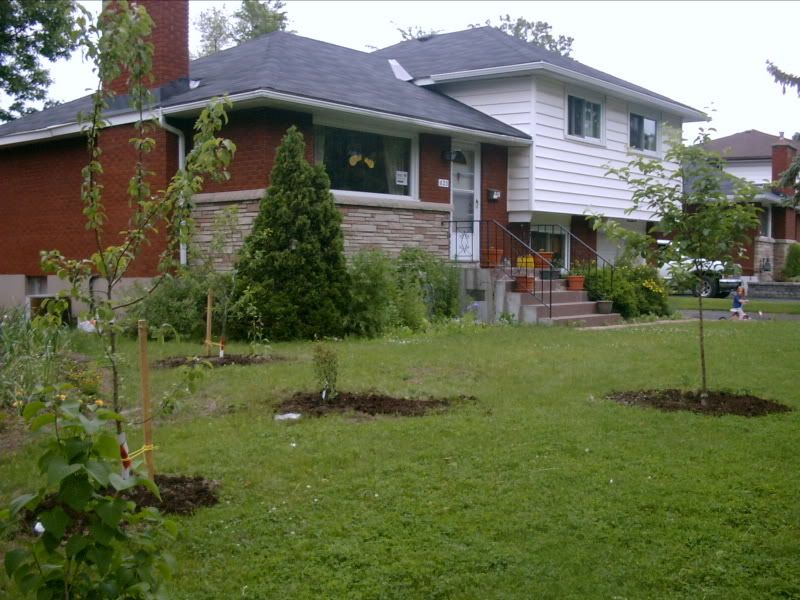
My Italian Neighbour made sure that I spaced them far enough apart.
I started canvasing for cheap stone. My handyman neighbour suggested blasting sights. I think my eyes must have looked like firecrackers had gone off in them. Free stone! Free. Absolutely free! I went to the Quebec Side and loaded my Cavalier (yes the standard non pickup truck model car) with rock. Then I went back 3 or 4 more times. The last time to get the piece-de-resistance, a 100lb rectangular slab that would make a perfect bench for the centre of the spiral. Now, if you were to see me, you would know that no one has mistaken me for the Incredible Hulk or any of his kin so this thing was HEAVY. But I lifted it somehow and stumbled about a city block to my car. I rested it on the curb to think. Could I lift it high enough not to drop it on my foot or the car? Thankfully a burly frenchman who had also been raiding the site came over and gave me a hand.
Next step, I laid the stone in the pattern I wanted on the ground. A stone spiral on grass got some funny looks. I don't think anyone yet had my vision for the thing. Finally the soil and mulch was delivered. Some furious digging later, this was the result. Actually this picture is taken in the fall after most of the plants that are currently in it have died back.
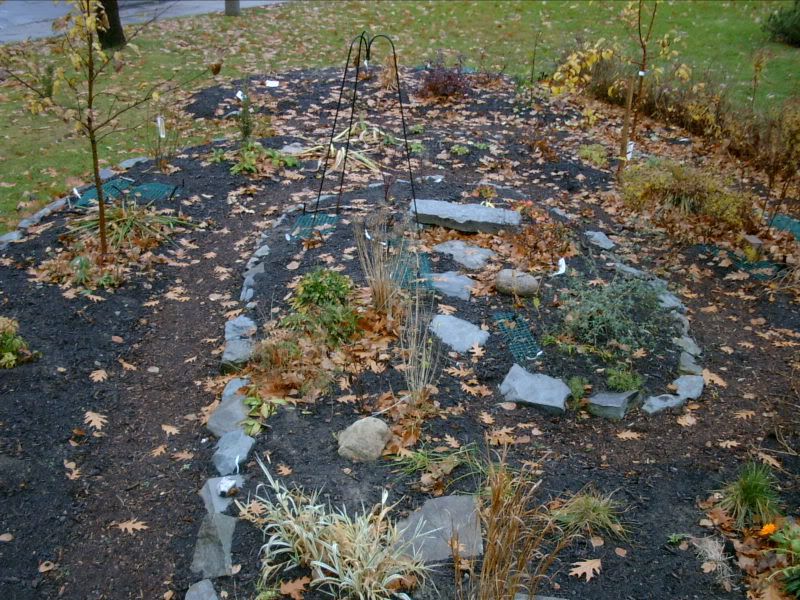
It still needs the path running to the front of the yard, but that will be done next year.
I like it. I am happy. It is not exactly what I had dreamed but like any plan, its realization is more beautiful partly because of the triumph of completion (or nearly) and partly because of the process.
So dream, plan. It'll be great, or at the very least, a learning experience.
I'll keep you updated on whether the squirrels foil my clever chicken wire contraptions and eat all the bulbs that should come up in the spring.
* The two dwarf apples have my daughter's placentas underneath. The Montreal plum is self fertile but I have another to be trained as a fan in the backyard to act as additional fertilization. There is also a small cotoneaster shrub in the middle. This is an evolving garden so that some perrenials will eventually have to be moved as they are shaded out by the growing fruit trees. Most are part-shade tolerant.
